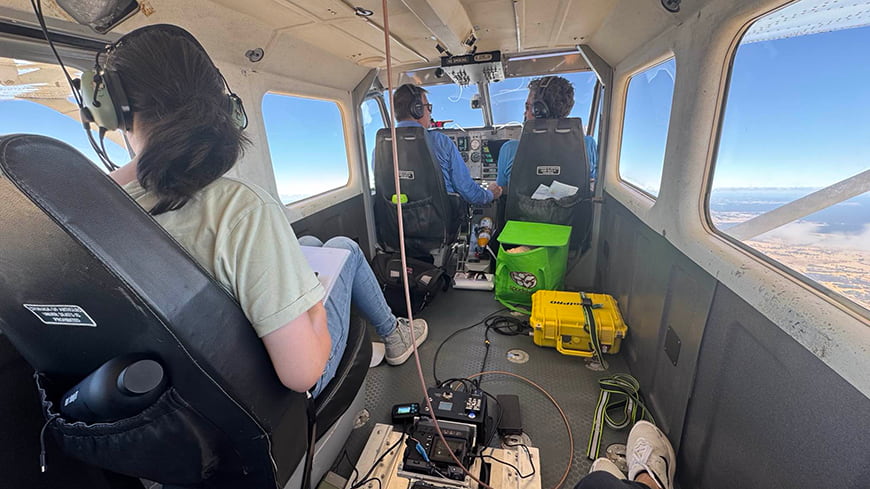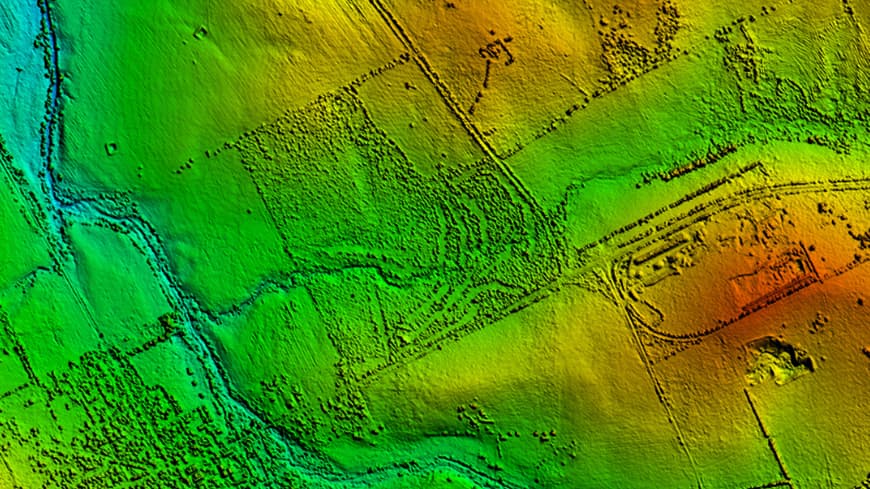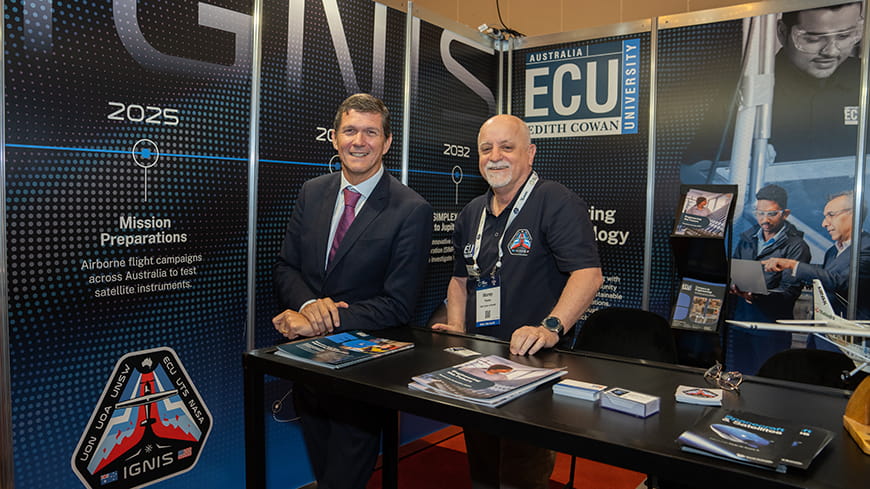ECU will lead five Australian universities in collaboration with NASA to study lightning and fire through the IGNIS mission, providing research data for global scientists and fire investigators.
University collaborators include The University of New South Wales (UNSW) in Canberra, The University of Adelaide, University of Technology Sydney (UTS), and The University of Newcastle.
IGNIS means fire in Latin
And fire often means trouble in Australia.
We are using space technology to study thunderstorms and the lightning strikes that result in fires, that can be devastating and deadly in the Australian landscape
"This project could take several years to complete but could change the way lightning is studied well into the future and could potentially change the way fires are fought not only in Australia, but around the world."

Airborne data collection
The IGNIS Project, has just completed its first round of aerial data collection which has used infrared cameras to analyse the terrain in Western Australia's south-east region to select areas for a lighting mapping network.
The aerial survey was conducted through ECU's Aviation division, part of the School of Engineering. Private companies, including Helicopter Logistics, 61Aero and hex20 have also provided assistance.
"The airborne part of this study has just completed 10 flying days, that's more than 50 flying hours, covering 10,000 kilometres – which is the equivalent to one million hectares or 2.2 million acres," says Professor de Souza.
"We now have the task of analysing 50,000 images to locate areas where lightning could strike and spark a potentially catastrophic fire."
Our team will be busy crunching all data, giving our students an opportunity to learn advanced aerospace techniques.

Ground network support
The airborne mission is being supported by 10 to 14 lightning ground stations deployed across eastern Australia.
The ground network will be operated in collaboration with NASA's Marshall Space Flight Centre and the SWIRLL (Severe Weather Institute Radar and Lightning Laboratories) of the University of Alabama in Huntsville.
Later in the year this network will be complemented by a lightning sensor installed on an aircraft. These flight campaigns will also be supported by a thermal sensor developed by NASA's Goddard Space Flight Centre.

Satellite launch and deep space mission
The second stage of IGNIS involves the launch of a 12U satellite to map and track thermal and lightning patterns from Low Earth Orbit.
A third stage will involve a deep-space mission, aimed at observing the interaction of solar activity and lightning on Jupiter.
The aim of this mission is to use lightning to understand the chemistry of that planet.
"The amount of energy released during electric storms is considerable. You have electrons flying everywhere and radiation being emitted, and that radiation is a fingerprint of the chemicals that are present in their environment," says Professor de Souza.
"So, we can use lightning as a way to conduct chemical analysis at a distance, and to better understand the interaction of solar activity with electric storms and with planets.
"Australia has a long journey to become a major player in Space exploration. However, it is projects like IGNIS that are building the knowledge and research for Australia's space research ecosystem, with strong support from our partners at NASA."
